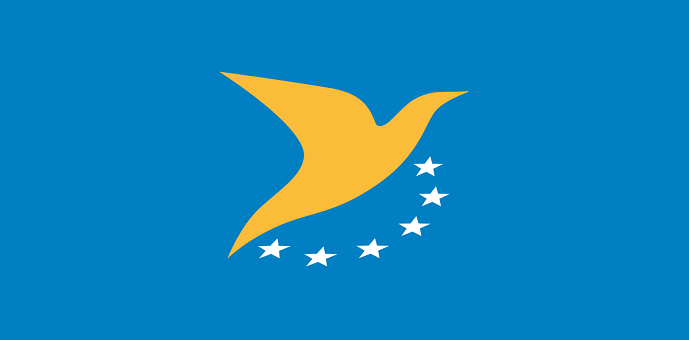Sofemaonline.com offers online training including EASA Part 66 Module 10 Air Legislation compliant training for third country workshop personnel.
Who is EASA?
The European Union Aviation Safety Agency or EASA is an Agency of the European Union with primary responsibility for Civil Aviation Safety.
EASA carries out certification, regulation, and standardisation, and also performs investigation and monitoring.
EASA collects and analyses safety data, drafts and advises on safety legislation, and coordinates with similar organisations in other parts of the world.
EASA commenced operation on September 2003
EASA Mission
EASA advises its current roles and responsibilities as follows:
To ensure the highest common level of safety protection for EU citizens
To ensure the highest common level of environmental protection
To provide a single regulatory and certification process among the Member States
To facilitate the internal aviation single market & create a level playing field
To work with other international aviation organisations & regulators
EASA Tasks
EASA advises its current primary tasks as follows:
To draft implementing rules in all fields pertinent to the EASA mission
To certify & approve products and organisations, in fields where EASA has exclusive competence (e.g. airworthiness)
To provide oversight and support to the Member States in fields where EASA has shared competence (e.g. Air Operations, Air Traffic Management)
To promote the use of European and worldwide standards
To cooperate with international actors in order to achieve the highest safety level for EU citizens globally (e.g. EU safety list, Third Country Operators authorisations)
EASA Jurisdiction
EASA has jurisdiction over new type certificates (TC) and other design-related airworthiness approvals for aircraft, engines, propellers, and parts.
EASA works with the National Competent Authorities and has taken over many of their functions in the interest of aviation standardisation across the EU.
EASA is also responsible for assisting the European Commission in negotiating international harmonisation agreements with the “rest of the world” on behalf of the EU member states and also concludes technical agreements at a working level directly with its counterparts around the world such as the US Federal Aviation Administration (FAA).
EASA sets policy for aeronautical repair stations (Part 145 organisations in Europe and the US – also known as Part 571 organisations in Canada) and issues repair station certificates for repair stations located outside the EU (which permits foreign repair stations to perform work acceptable to the European Union on EU aircraft).
EASA has developed regulations for air operations, flight crew licensing and non-EU aircraft used in the EU.
SAS & SOL offer training in all aspects of Aviation Legislation, Safety Management Systems EASA Part 145, EASA Part M, EASA Part 147, EASA Part 66, EASA Part 21 please see www.sassofia.com & www.sofemaonline.com or email office@sassofia.com & online@sassofia.com




